Vatican: The smallest in the world, with a population of less than a thousand people but extremely interesting
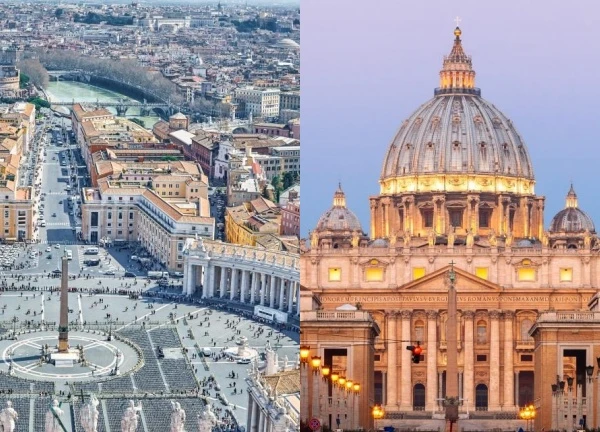
2 | 0 Discuss | Share
Africa is known to other countries as a continent with many strange and somewhat terrifying customs. People here believe in gods, worship bravery and when marking a person's adulthood, they always have "special" and "painful" rituals.
Killing a lion proves bravery
The Maasai are a tribe in Kenya. As a member of the tribe, to let everyone know his "existence" and be respected, a man
need to reach the "Moran realm". To get that coveted status, a young man needs to go into the forest himself and hunt down a lion with only a spear to prove his bravery. Of course, some people will also have to die in the deep forest.
The Samburu and Maasai tribes are considered the two friendliest tribes in Tanzania and Kenya. They will always welcome strangers to visit. When guests come, they often invite guests to eat barbecue. However, there will be times when they ask their guests to drink fresh blood mixed with milk or fresh blood oozing from a live animal as a sign of hospitality.
For some tribes of Africa, there is a custom ingrained in their blood that is to kill someone. For them, taking people's lives is not a scary act, it's just a custom. The victims of these incidents can be a single person or an entire tribe, and often the cause of these killings is to get property.
Bullfighting custom
Bullfighting is one of the popular sports in Mexico and Spain. In fact, this type of entertainment was created by Africans and Africans also see bullfighting as something deeply ingrained in their culture. However, in Africa, bullfighting is a scary and dangerous game. There will not be any equipment to protect the lives of bullfighters. Therefore, injury or even death is a common occurrence in African bullfights.
Healing with venomous snakes, worshiping doctors
"Bitis arietans" is the scientific name of a venomous snake that lives mainly in the savannah and grassland regions extending from Morocco to Arabia and all of Africa. In the Zulu tribe of Africa, the healers are called "Sangoma". They often use this poisonous snake to prophesy and cure people. To cure diseases with this snake, they put the snake's head close to the mouth of the sick person and no one knows what might happen if the snake "changes its mind".
In the cultures of many African countries, the physician is a very "divine" figure. People will always turn to these people when they are sick and worship them as saints because of their "divine" power. The faith in the gurus of many Africans is so great that they do not "want" to go to the clinic, the hospital, the church or the clinic when they are sick. When a person comes to the doctor, they need to bring snake eggs or crocodile eggs. In some cases, the "divine" teachers may want to take the fangs or claws of some dangerous creatures such as tigers, lions, elephants, crocodiles, etc.
The custom of "messed up things"
One of the largest tribes in Uganda is the Baganda. This tribe is famous for many "scary" and dangerous practices. One of those customs is to do "indiscriminate sex". After someone marks their adulthood, the whole tribe celebrates and dances together. Then they can have sex with anyone. A man can "do" with many women and vice versa. This is one of the reasons for the widespread AIDS epidemic in this tribe.
In addition, the custom of "inheriting a wife" is one of the strangest customs in Africa that still exists today. The brother or younger brother of a recently deceased man can "inherit" his or her brother's widow. The reason for this custom is that they want the "closer relationship" in the family to never be broken and always be strong. However, this is the reason
leading cause of the spread of AIDS in these tribes. Moreover, it is also completely contrary to morality and the most basic human rights.
Circumcision and "rose" in adulthood
The practice of male circumcision in Africa at first glance may not seem different from many other parts of the world, but it is actually many times more painful. This custom is performed as a sign that a boy has grown up. Here, they use a knife to circumcise the foreskin without the intervention of anesthesia. After that, the young men who have been "circumcised" will have to go into the deep forest alone to demonstrate the bravery of a "man". Circumcision like this has caused many boys to get a "boy" infection.
Besides, cutting off the "little girl" is also a custom in Africa, women will suffer a terrible physical pain and their place will be "stitched alive" after being amputated. by knife. This practice has been officially banned, although it still exists in some tribes of Africa. When a woman reaches puberty, a hole is punched in her lower lip. After that, the larger plate is replaced continuously according to the maturity of the girl. Whoever owns the lips with the biggest lip-stretch plate, she is the beauty queen of the tribe. Not only stretching the lips to beautify, but those of the Surma tribe also tattooed all over the body. Tattoos are round streaks, raised like scars. Tattoos are often like rice fields, diagonally like falling rain, zigzag like snakes. The most beautiful breasts when it is full of tattoos and the most beautiful faces are also the ones with the most tattoos and the biggest discs on the lips.
Skin incision makes scars to be more beautiful
Tribal men think, smooth bare skin looks very ugly. The body must have many convex and concave incisions to be true beauty. 12-year-old girls sit silently, biting their teeth to bear the pain as their mother uses a sharp knife to cut straight into their bodies to create keloid scars on the coming of age holiday. This is a rite of passage to mark the arrival of girls into adulthood. French photographer Eric Lafforgue witnessed the process from start to finish, describing it truthfully: "Blood, flies swarming around the wound and sitting in the hot weather, the girls didn't say a word in the process. during the 10 minutes of the ceremony, without even showing any pain."
In the opinion of Surma men, having smooth, bare skin looks very ugly. A body crisscrossed with concave scars is beauty. In addition, after going through this painful "mortification" process, the girls show that they are ready to become the women of the future. The photographer said: "This is also a sign of beauty in the tribes, also a tradition of the Surma people. Girls should never show pain because this will affect the family's reputation." . For open wounds, Surma people will use vegetable juice or charcoal to rub on to increase the scar. This process can cause an infection, or the scar gets bigger as it heals.

2 | 0 Discuss | Share

4 | 0 Discuss | Share
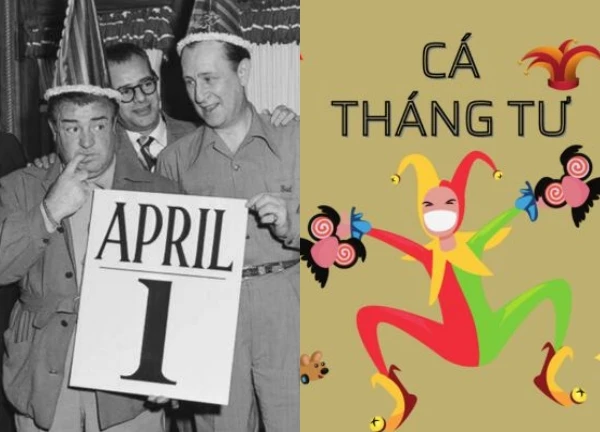
2 | 0 Discuss | Share

3 | 0 Discuss | Share

3 | 0 Discuss | Share

2 | 1 Discuss | Share

2 | 0 Discuss | Share
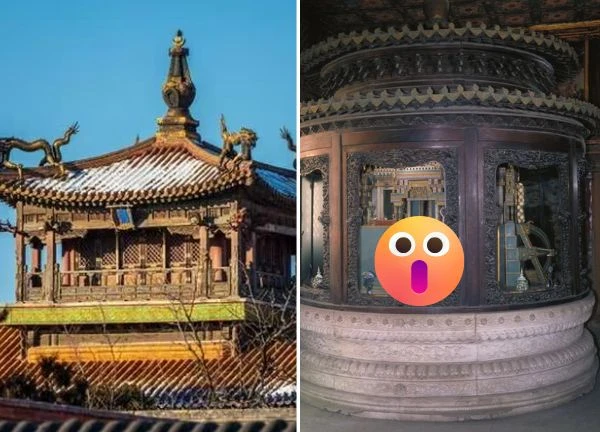
4 | 0 Discuss | Share
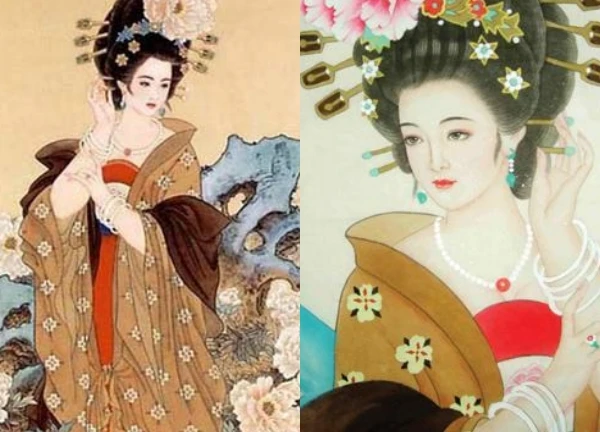
0 | 0 Discuss | Share

1 | 1 Discuss | Share
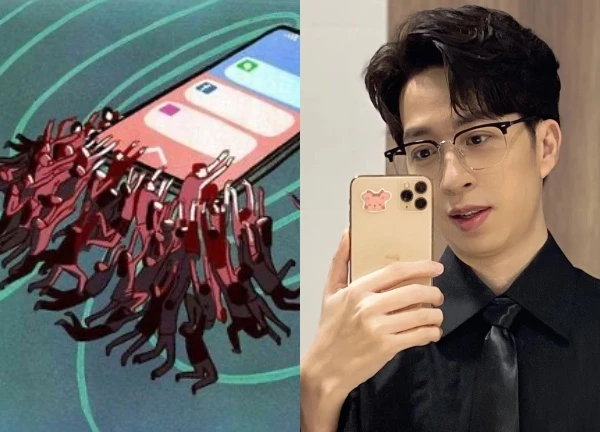
3 | 0 Discuss | Share
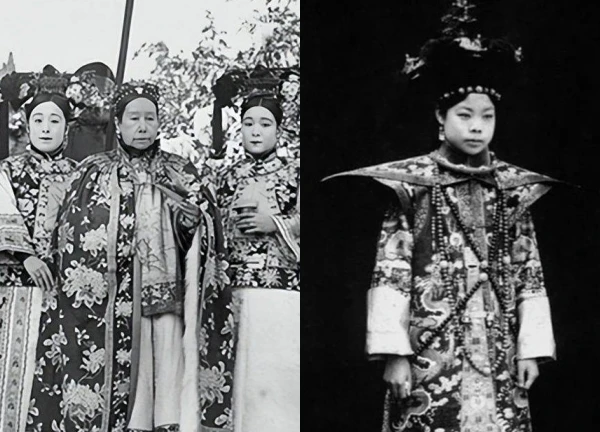
4 | 0 Discuss | Share










5 | 0 Discuss | Report